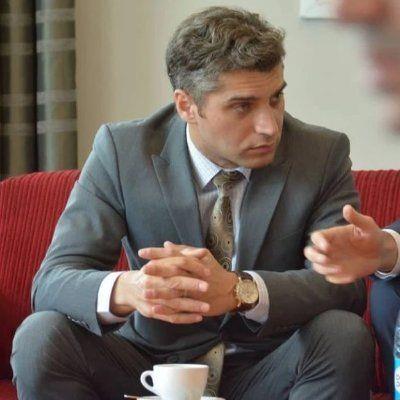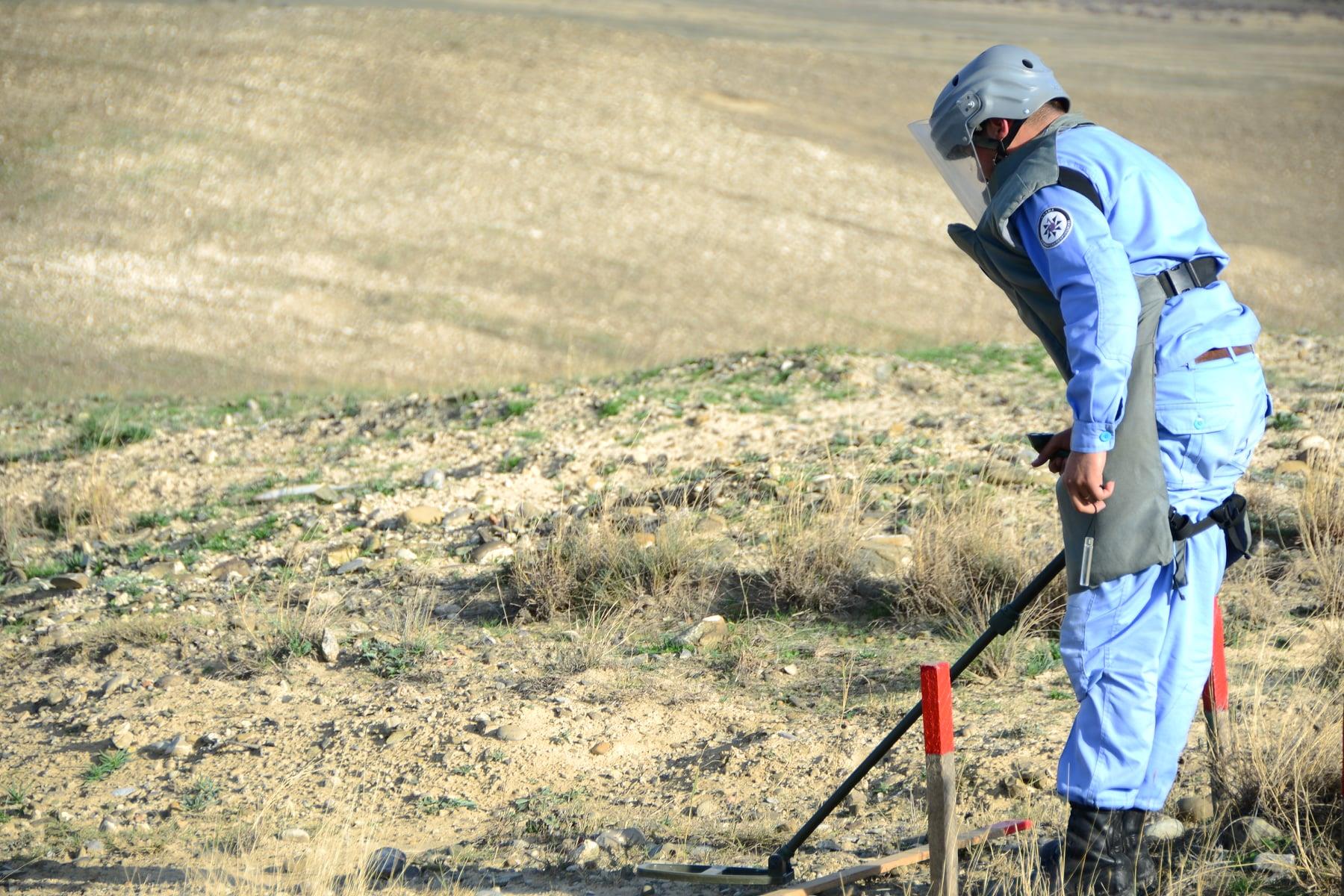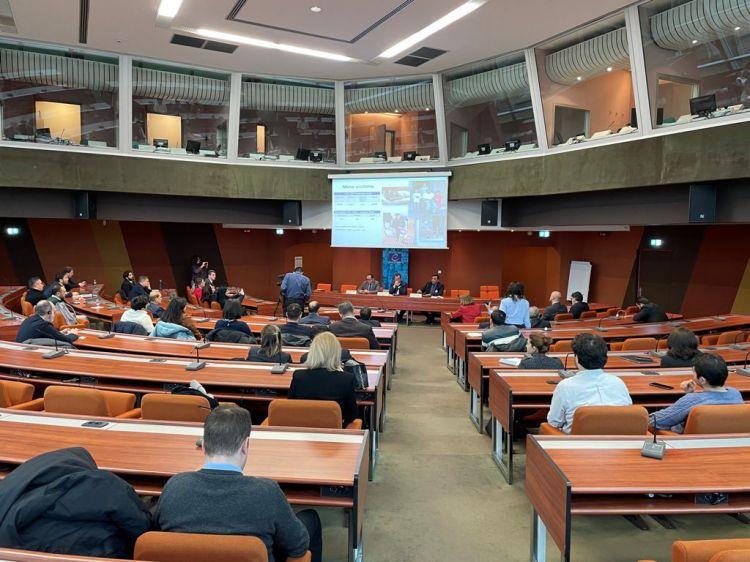(MENAFN- AzerNews)

Elnur Enveroglu read more Headlines about the war in Ukraine tend to focus on tragic
casualty numbers and the most recent Russian attacks on Ukrainian
cities, but that's not the whole story, of course.
Azerbaijan is still among the list of countries suffering from
the deadliest mines hiding underground since the outbreak of the
Karabakh conflict in the 1990s. This comment aims not to praise the
war as in some cases war is rather honorable than that piece of
explosive that steals many innocent lives. That is the landmine
sleeping for long years and waiting for its prey.

Landmines end our dreams
The worst scenarios that ANAMA's demining groups frequently
experience are the mines that have densely been buried in order to
maximize the fatality. According to ANAMA's reports of operation,
there are places where 10 anti-personnel or dozens around one
anti-tank mine have been buried in just 1 sq. m. area. The sad
story of a family came from Agdam District. As a result of the
enemy's cruel trap, a child steps on a minefield and then a mother
faces the worst consequence when trying to pull her child out of
the mined area. The investigation came out with the facts that the
exploded mines contained super-extra doze of charge, and as a
result of the explosion no pieces of victims had left except
flip-flops and ripped clothes.
Currently, landmines, randomly buried in Karabakh's liberated
territories, are estimated to be over thousands, and the areas with
unexploded ordnance and ammunition left from the war keep the risk
of hazard high. According to the latest report of the Azerbaijani
National Agency for Mine Action, over 64,000 hectares of
territories in Karabakh have been cleared from mines and other
suspicious explosive items left from the war.

However, the problem with mine clearance requires
more effort and most importantly extra cost.
Azerbaijan is better economically placed than most to fund
activities and still struggles to accelerate the processes of mine
action. In general, the countries that need demining the most are
those least able to afford it, as conflicts that contaminate
territories with landmines also shatter economies.
Necessary steps towards UN SDG
To ensure funding, a landmine-free world should be made a United
Nations Sustainable Development Goal (SDG), alongside the 17
interlinked global goals to be achieved by 2030.
This idea was put forward and discussed at the Humanitarian
Conference on Mine Action, organized by the Azerbaijan Mine Action
Agency (ANAMA), and the United Nations Development Programme (UNDP)
in Baku earlier in 2022. Current international treaties are not
enough, nor are national programs.
Furthermore, this may sound impressive, but the 11,270sq km area
in Karabakh still remains uninhabitable. Especially while the
infrastructure-building work is underway, the processes of the
return of IDPs delay as well as peacebuilding comes to a halt.

Azerbaijan's mine problem at PACE
Back in January 2023, the mining issue and its impact on human
life, the development of infrastructure, and many other aspects
were brought to the discussion at the winter plenary session of the
Parliamentary Assembly of the Council of Europe (PACE) in
Strasbourg.
The event related to humanitarian demining, paving the way for
peace and sustainable development, was in fact, in connection with
the landmine problem faced by Azerbaijan.
Having the PACE members, representatives of the diplomatic corps
in Strasbourg, members of the Secretariat of the Council of Europe,
and other relevant persons attended the event, the importance of
humanitarian demining activities to ensure the rights and security
of internally displaced persons, as well as the need for
international efforts to support the ongoing demining process in
Azerbaijan, was highlighted.
The remarks from the head of the Azerbaijani delegation to PACE
Samad Seyidov concerning the mine threat focused on the current
serious humanitarian problems in Azerbaijan's territories suffering
from mines.
The side event at the PACE in the active involvement of the
Azerbaijani delegation representing ANAMA also underlined the
impact of the post-conflict period. The attention was especially
brought to the fact that since November 2020, 282 people have been
killed or injured as a result of mine explosions in the territories
liberated from the occupation.
Unfortunately, the landmine problem remains the most important
and priority issue in our modern world. In this regard, although
the First Committee on Disarmament and International Security has
imposed bans on the production of mines, today more than 60 million
mines are hidden underground in the world. To stop this, a global
initiative should be at the forefront. The problem of landmines is
not only a problem of states but also of humanity.
-----
Elnur Enveroglu is AzerNews' staff journalist, follow him on
@elnurmammadli1